A Christmas cactus isn’t like a poinsettia that is typically disposed of after the holiday is over. No, a Christmas cactus is a gift that will keep giving in bigger, brighter, and better ways for years. In fact, it’s not uncommon for a Christmas cactus to be a gift that was passed down to you from family or a new plant that was propagated from your mother’s or your grandmother’s plant.

Indeed, a Christmas cactus is a plant that will need minimal care all year long, so it can continue to reward you every holiday season. Luckily, Christmas cactuses are easy to care for. They do deserve our care and attention, though, so it’s only fair that we learn the best ways to take care of a Christmas cactus after Christmas has passed.
Jump to:
Pruning Christmas Cactuses
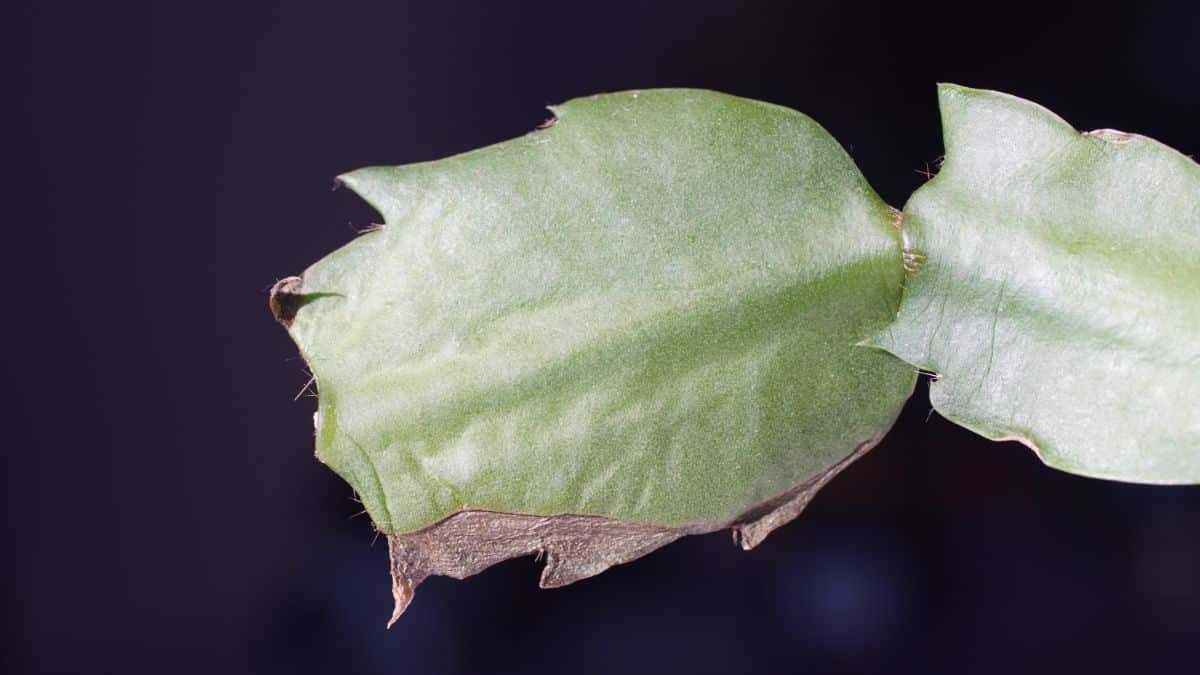
After blooming, it’s not unusual to have some spent-looking foliage and dead flowers hanging on. Go ahead and pinch those flowers off. The longer they are left on, the more energy they’ll sap from the plant. You can trim back dead, dried, or broken foliage, too.
You can also prune back to help shape the plant and help it keep to a manageable size, though you won’t want to trim back too hard (probably 25% of the foliage or less). Trimming the leafy shoots will also encourage more branching and bushing. If you’re trimming back to control the plant’s size, don’t forget that you can use cuttings to root and propagate new plants.
Repotting Christmas Cactus
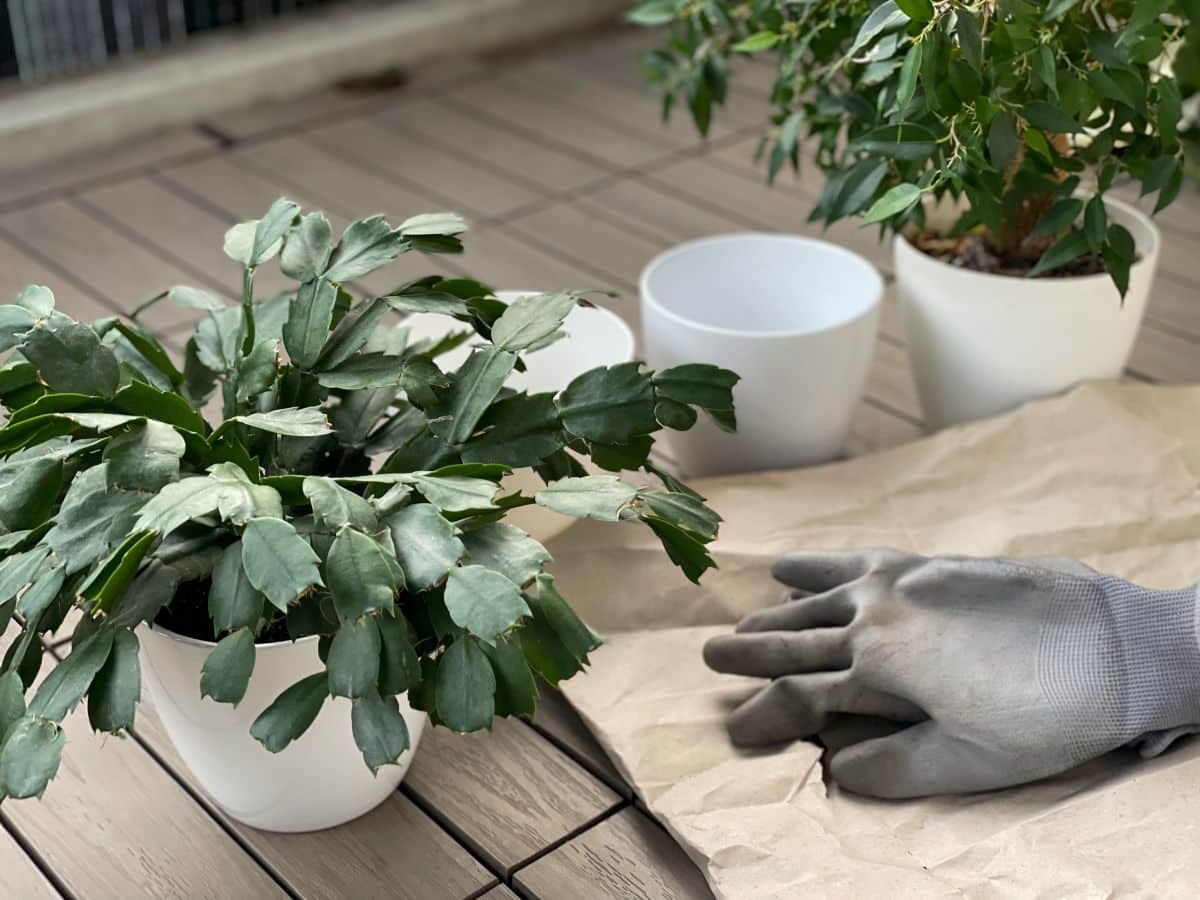
If your cactus is no longer happy in its pot, repot it when it is not in bloom. You will not need to repot your Christmas cactus every year, but when it is outgrowing its pot or its needs can no longer be met in the pot it is in, it’s time for a new home. This is usually about every two to three years.
Some signs that tell you your Christmas cactus needs to be repotted include:
- Roots showing at the surface of the pot
- Roots growing out of the drainage holes
- Foliage that appears dull, faded, weak, or flaccid despite proper care and watering
- Not enough soil left in the pot
- Inability to supply enough water in the pot (which may mean there is more root than soil and not enough material to hold nutrients and moisture)
- A pot that tips easily or a plant that is too large and topples the container it is in
When you do repot your Christmas cactus, only move up one pot size. The new pot should not be more than two inches larger than the current pot. Pots that are too large can hold too much moisture, inviting diseases. Christmas cactuses also need to be slightly root bound to blossom, so if your pot is too big, it could take quite some time for the plant to become bound enough for it to want to blossom again—and let’s be honest, those blooms are what we really keep Christmas cacti for!
Watering Christmas Cactus Throughout the Year

After flowering, your Christmas cactus won’t need quite as much water as it did during its bloom, so it won’t need to be watered as often.
Continue watering your cactus regularly, but not too frequently. Let the soil dry out slightly in between waterings. Don't let the plant get wilty and don’t let the soil get dusty or hard. Water when the top two inches of soil is dry. This can be as long as every two to three weeks, but the timing can vary based on temperatures, seasons, and environmental conditions. Always let your plant be your guide.
Water your Christmas cactus the right way, and don’t leave excess water standing in the saucer at its base.
Remember that Christmas cacti like moist air and humidity (just not drowning their roots), so a humid room or humid summer home will suit it just fine.
Giving Christmas Cacti the Right Light
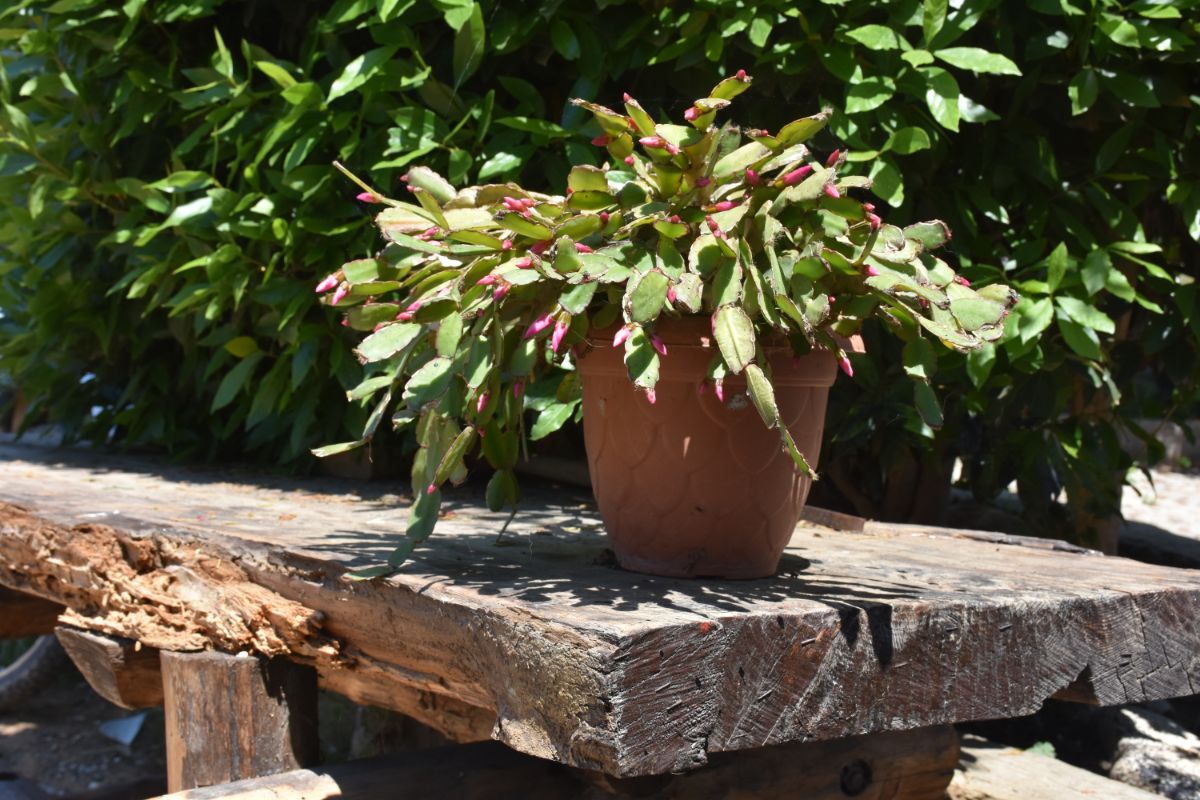
Christmas cactuses will tolerate lower light conditions, but they will do better and bloom better in bright, indirect light. Don’t keep the plant in direct sunlight, though, because it will burn.
In the summer, you can house your Christmas cactus on a bright, shaded porch or on a patio or table under a shady tree—but only if it is kept out of burning direct sunlight. Make sure you do not set it out when temperatures are falling below 50 degrees Fahrenheit (10 Celsius), either during the day or at night.
Like all inside plants, you should introduce your Christmas cactus slowly to the outdoors so it can acclimate to the hotter temperatures and brighter light conditions. For the first week or two, set it out for one or two hours and increase the time it spends outside by an hour or so each day.
Warmth and Temperature for Keeping a Christmas Cactus
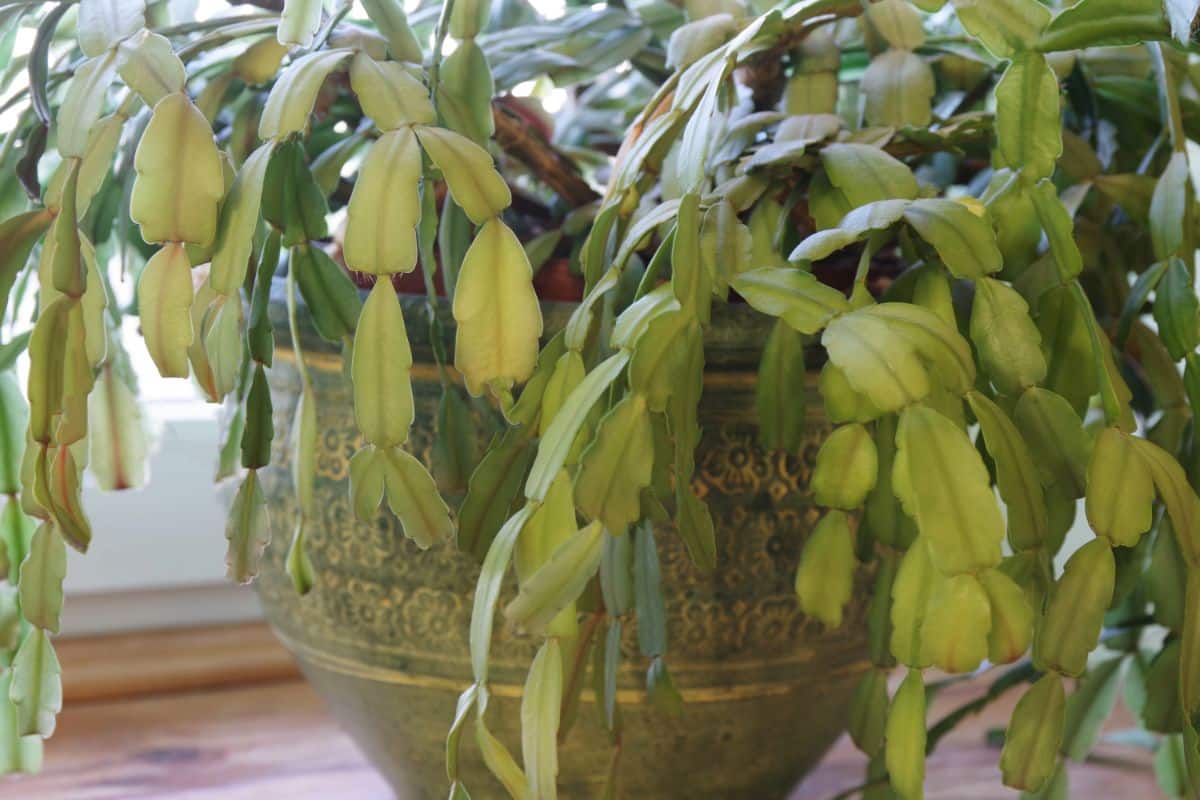
A comfortable room temperature of about 65 to 70 F (18 to 21 C) will be comfortable for your Christmas cactus. Higher and lower ranges can be tolerated, too, though it will be happiest in a moderate temperature. Your Christmas cactus will not tolerate temperatures below 50 F (10 C) well.
Steadier temperatures will be better tolerated, but as long as the plant is protected from hot, direct light, higher summer temperatures are quite manageable for the plant, too. Just be aware that the higher the temperature, the more often you should check its soil for watering.
Fertilizing a Christmas Cactus
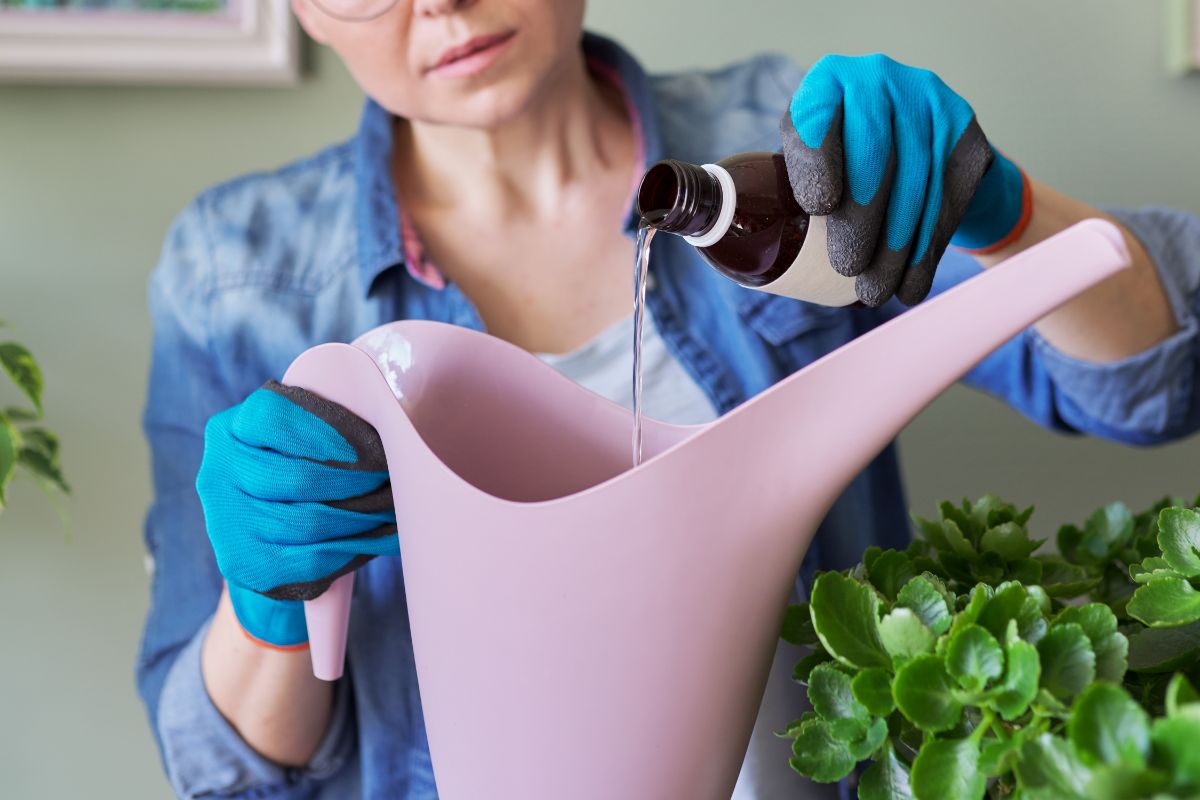
You only want to fertilize your Christmas cactus during the active growing season, which is basically spring to summer. You do not want to fertilize too close to blossoming, because it can shorten or prohibit blooming altogether. It is not unusual for a Christmas Cactus to bloom twice in one winter (one early bloom, one later towards February or March), so you don’t want to begin fertilizing too early, either.
Fertilize once a month from April through August, then stop for the winter. The plant will store up food and use that for blooming. Use a good all-purpose houseplant fertilizer. Don’t use fertilizers that are designed specifically for cactuses because the Christmas cactus isn’t a real cactus like a desert plant. Don’t use fertilizers for succulents because it isn’t quite that, either. Just stick with a basic all-purpose type.
Set the Stage for a New Bloom

To encourage your Christmas cactus to bloom on time next Christmas, move it somewhere cool and dark about 8 weeks before the holidays. The closer to 50 to 55 F (10 to 12 C), the better. Don’t go colder than that, though, or you’ll stress the plant. A cool basement or a garage or entry room that doesn’t freeze might be a good place. This helps trigger the cactus’s natural bloom cycle by mimicking the low-light, cooler fall days that tell wild Christmas cactuses to blossom. Don’t forget it there, and don’t forget to water it as needed.
Three to four weeks before you want your cactus to bloom, move it back to a warm room (normal room temperature). Place it in indirect light and increase watering slightly—but remember not to overwater it and don’t leave it sitting in standing water. It is likely to need more frequent watering as it begins to form buds and as the buds open. As always, you need to let your plant be the guide.
Christmas cactuses are not hard to care for. With good, basic care, your Christmas cactus will thrive throughout the year, and it will reward you with lovely flushes of bright blossoms year after year after year. In fact, with just this basic care, even your grandchildren can enjoy your Christmas cactus generations later!

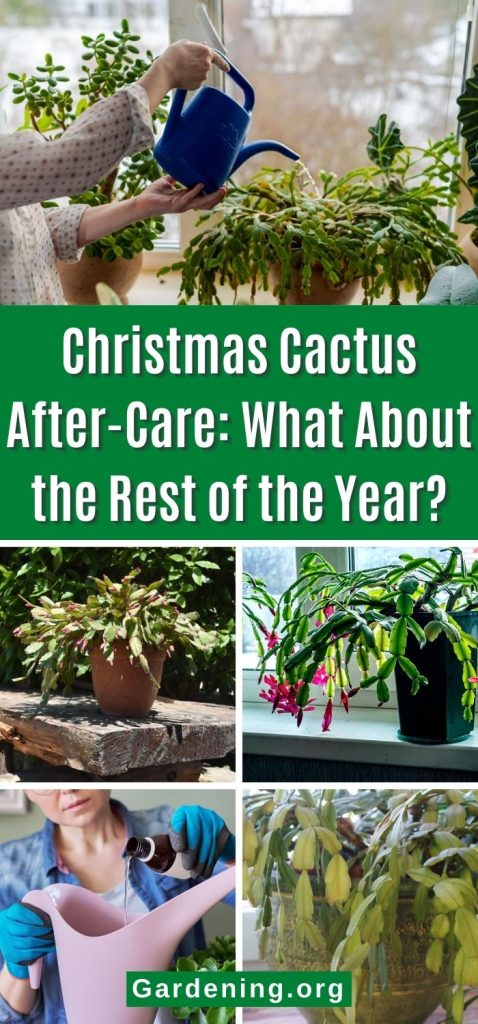
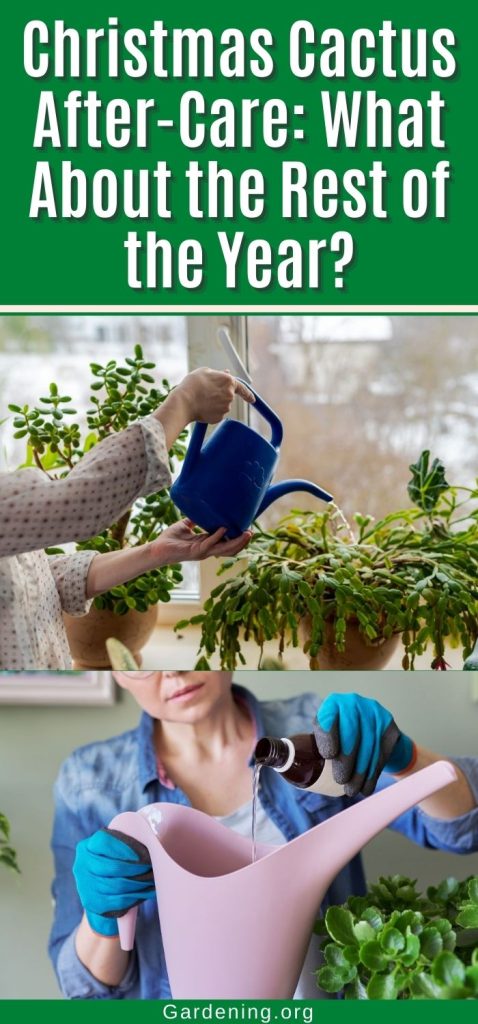
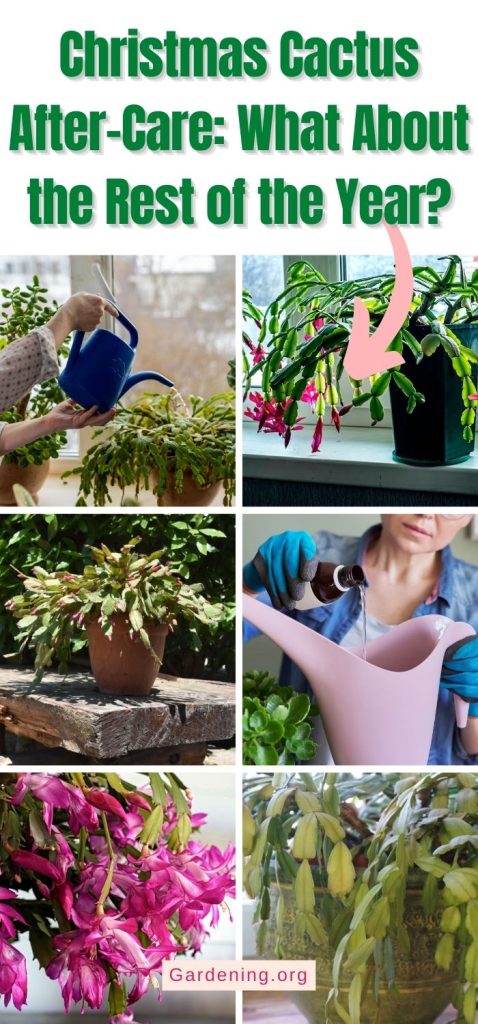

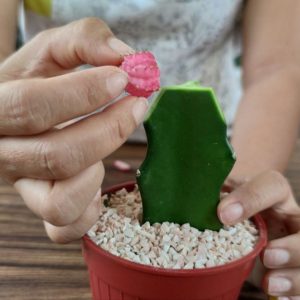
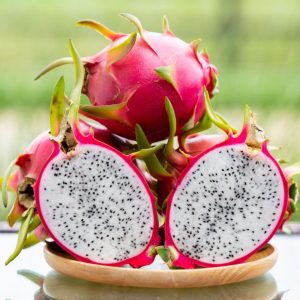
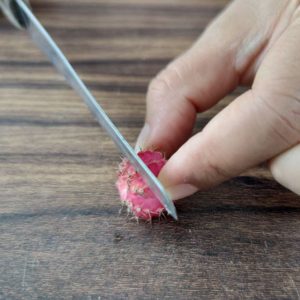

Roz Eiler
Soooo useful! It’d be willing to pay (a reasonable amount) for the PDF so I could send it to my daughter.
[email protected]
After content, there should be a print button; once you click that you can select to save as a pdf instead of live print, the page hope it helps.
Pat
Again I really appreciate your detailed comments and advice on Xmas cactus. I have a plant that's been in the same pot for yrs because I was told they don't like repotting. Poor thing needs new soil and a little bit more room. Because it's so old ( over 30yrs) I hate to lose it but am willing to take the chance now. Need to do more research but got the "bug" now so thanks for sharing the info to motivate me.